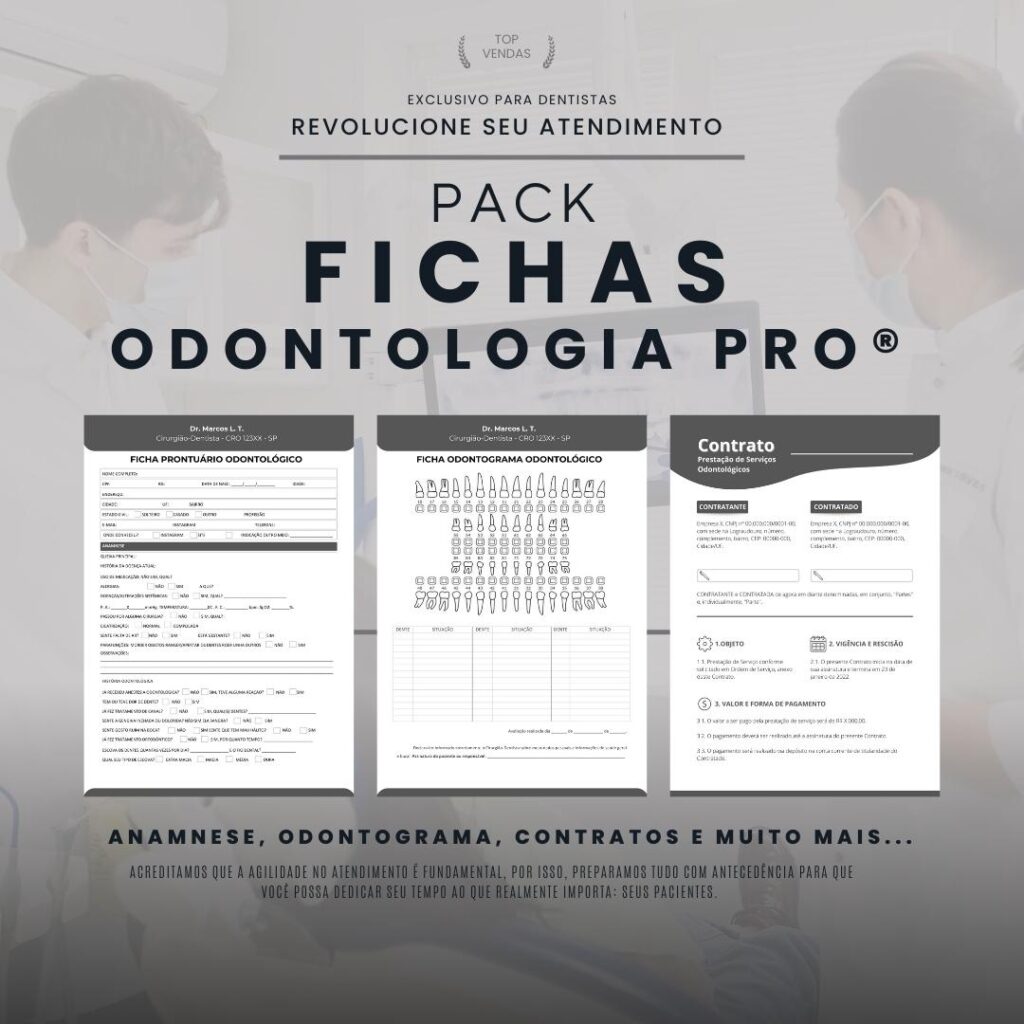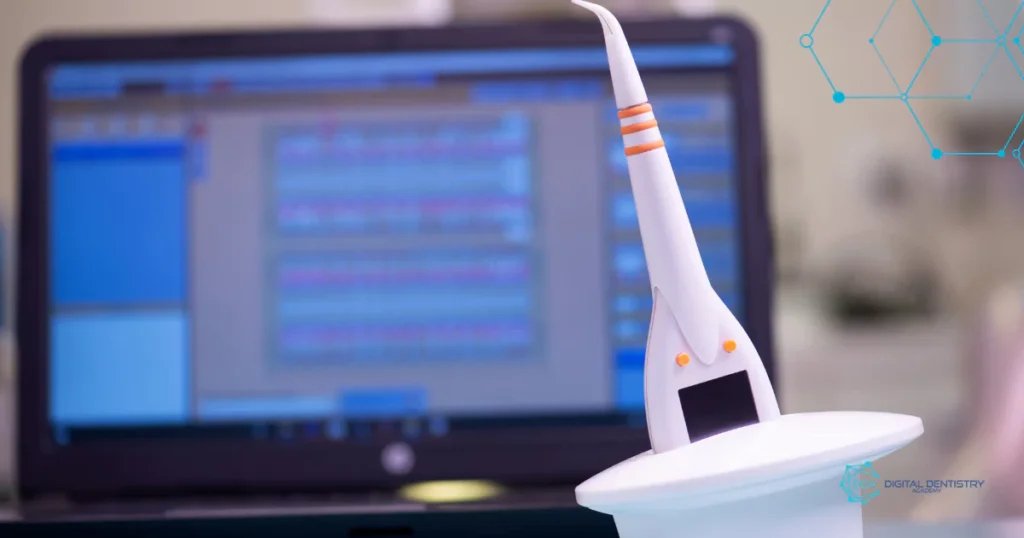What is a digital check-up in dentistry?
A digital dental checkup uses advanced technologies to quickly and effectively diagnose a patient's oral health. This modern approach allows dentists to perform a detailed analysis of the condition of teeth, gums, and oral structures, providing more precise and personalized treatment.
Importance of rapid and effective diagnosis
A quick and effective diagnosis is essential for successful dental treatment. By identifying oral problems early, appropriate interventions can be made, preventing later complications and reducing the costs of more complex treatments.
Furthermore, quick diagnosis is also beneficial for the patient, as it allows for more agile and efficient treatment, reducing waiting times and providing a faster and more comfortable recovery.
Technologies used in digital check-ups in dentistry
A digital dental checkup uses a variety of advanced technologies to ensure an accurate and comprehensive diagnosis. Some of the key technologies include:
1. Digital radiography
Digital radiography is a technique that replaces traditional radiographic films with electronic sensors. This allows for a sharper, higher-resolution image, making it easier to visualize problems such as cavities, infections, fractures, and problems with the bones and joints of the mouth.
2. Computed tomography
Computed tomography is a technology that allows us to obtain three-dimensional images of the oral region. These detailed images are useful for identifying more complex problems, such as the position of teeth and bone structures, as well as assisting in surgery and dental implants.
3. Intraoral scanning
Intraoral scanning uses a scanner to create 3D digital models of the patient's mouth. This technology is used to assess dental occlusion, bite, and spaces between teeth, enabling more accurate diagnosis and the creation of customized prosthetics and orthodontic appliances.
Advantages of digital check-up in dentistry
Digital dental checkups offer several advantages over traditional diagnostic methods. Some of the main advantages include:
1. Greater accuracy
The advanced technologies used in digital check-ups provide a more accurate analysis of a patient's oral health. This allows for the identification of problems that might otherwise go undetected during conventional exams, enabling more effective treatment.
2. Less exposure to radiation
The digital techniques used in digital dental checkups require significantly less radiation than conventional radiographs. This benefits both the patient and the practitioner, reducing health risks.
3. Reduced diagnostic time
Using advanced technologies, results can be obtained faster, reducing the time required for diagnosis. This allows treatment to be initiated more quickly, optimizing the time of both the patient and the professional.
4. Personalized treatment
Digital dental check-ups allow for a detailed analysis of the patient's mouth, enabling personalized treatment tailored to their specific needs. This ensures more satisfactory and long-lasting results.
Conclusion
Digital dental check-ups are a modern approach that utilizes advanced technologies for fast and effective diagnosis. Using techniques such as digital radiography, computed tomography, and intraoral scanning, oral problems can be identified early and more precise and personalized treatment can be provided. This approach offers advantages such as greater accuracy, reduced radiation exposure, reduced diagnostic time, and personalized treatment. Therefore, it's an excellent option for those seeking quality dentistry with positive results.







